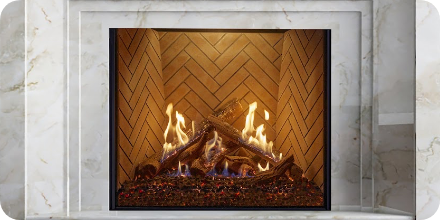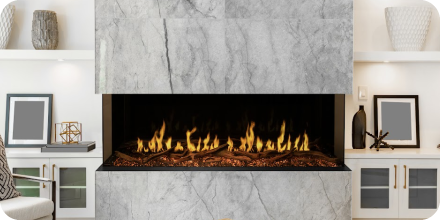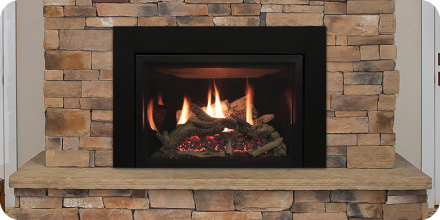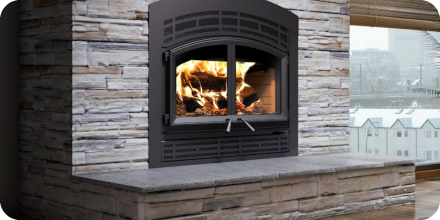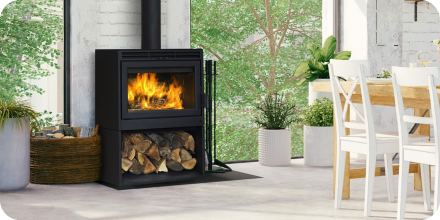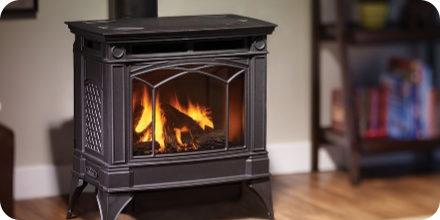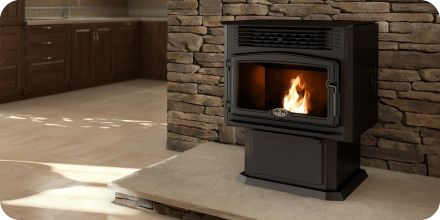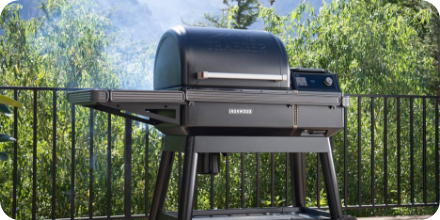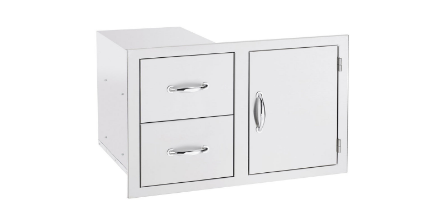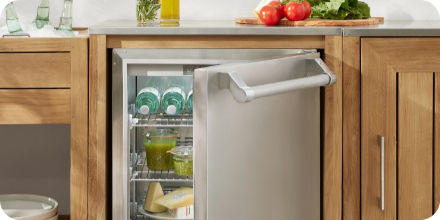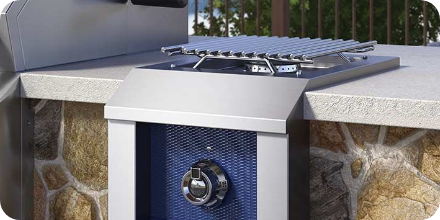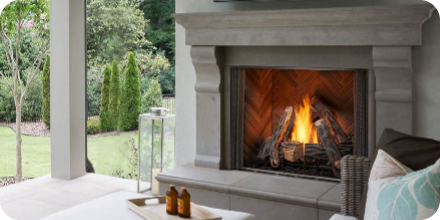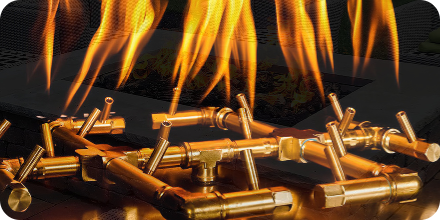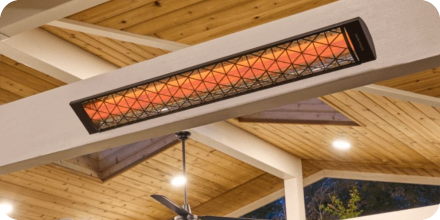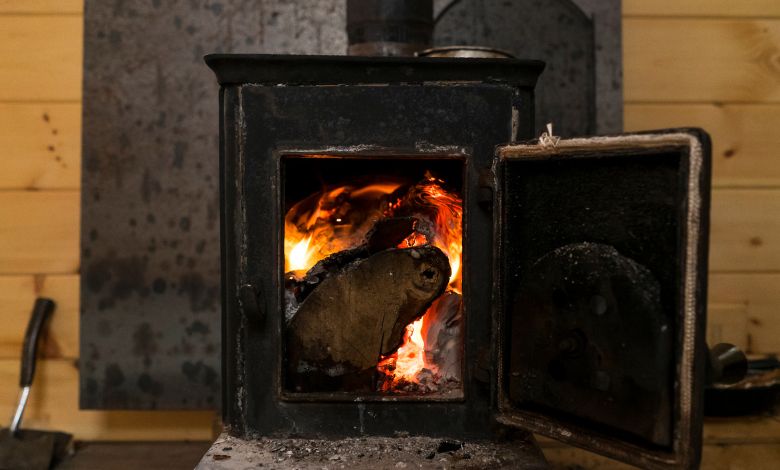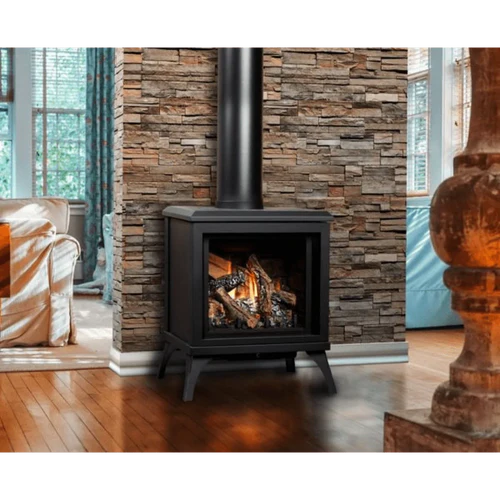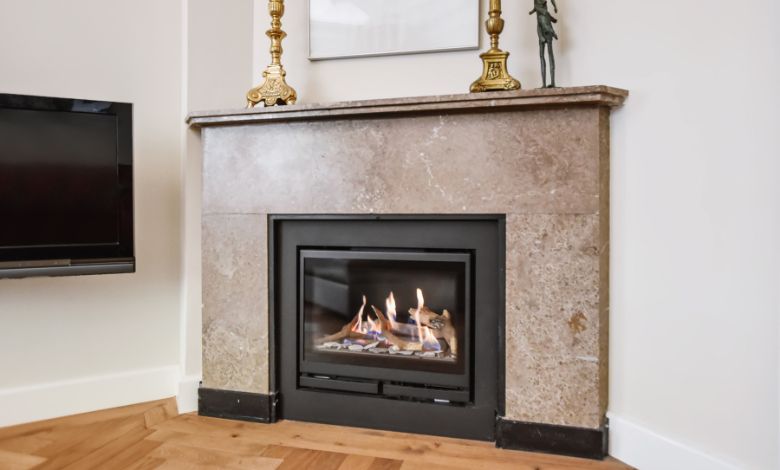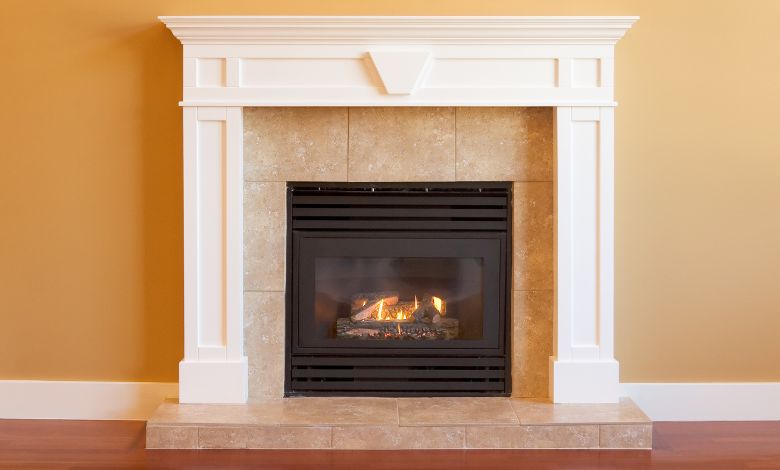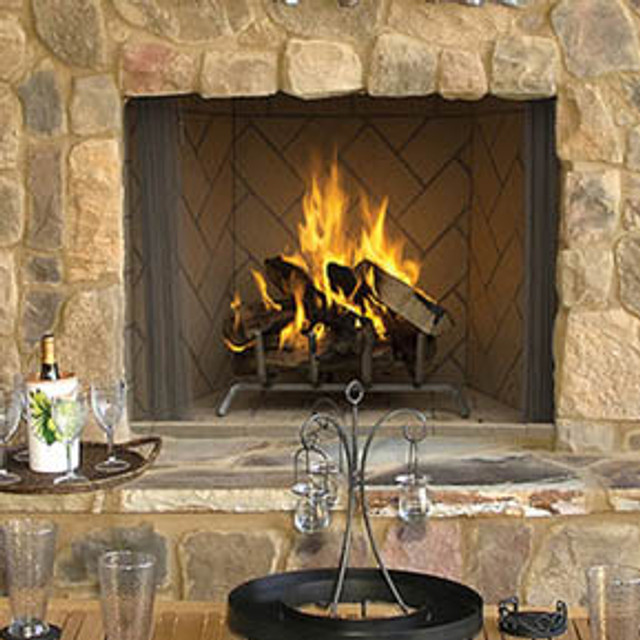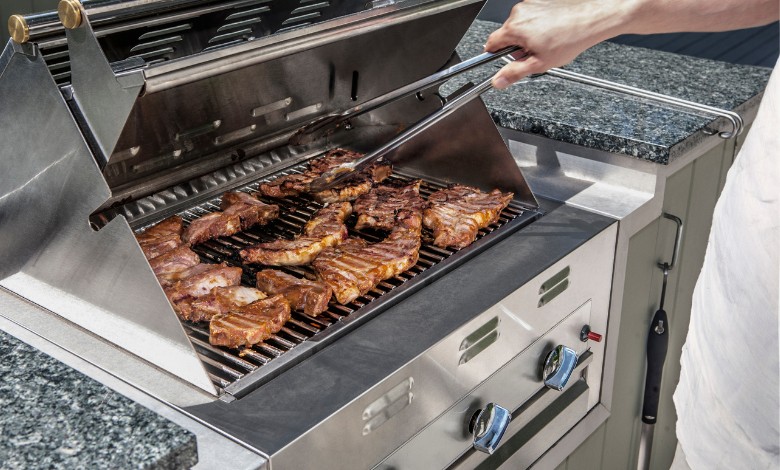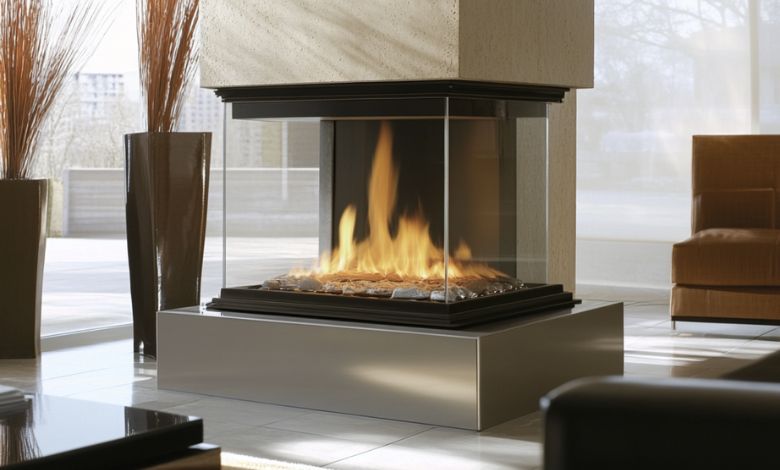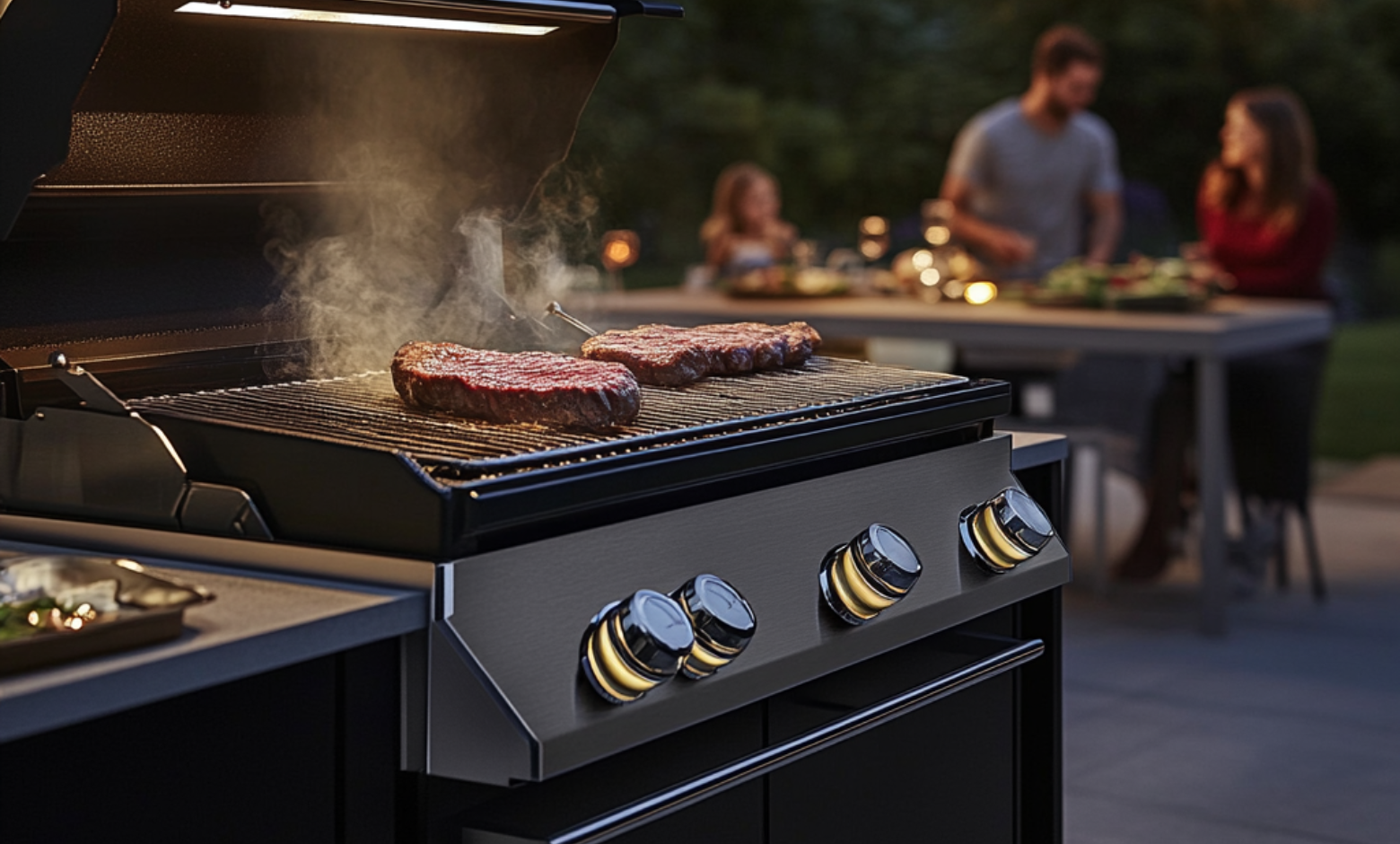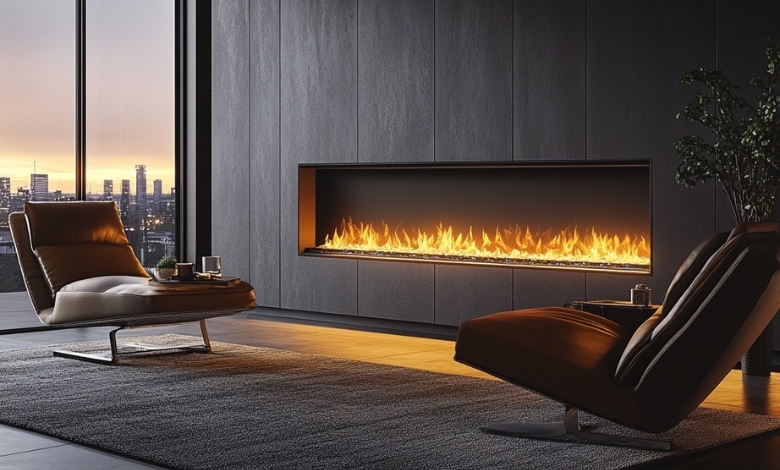A Complete Guide to Electric Fireplace’s Heat Output
Apr 15th 2024
The heat output generated by the appliance. The higher the BTU rating, the greater the heat output. When comparing different electric fireplaces, it is crucial to consider the BTU rating to ensure that it aligns with your heating requirements.
Understanding BTU Requirements for Different Room Sizes
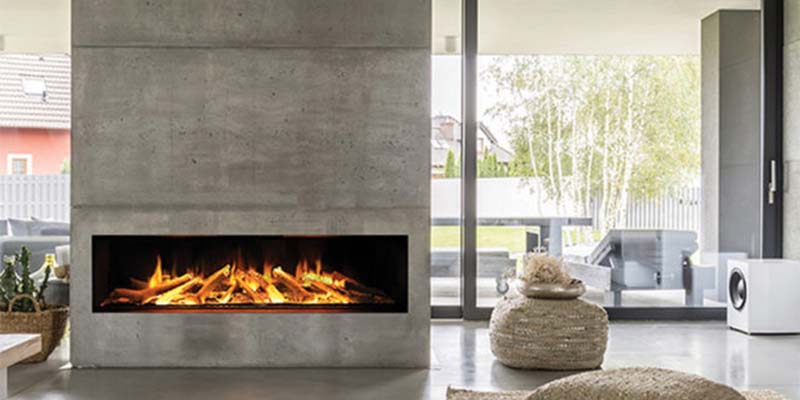
Determining the appropriate BTU rating for your electric fireplace depends on the size of the room you intend to heat. As a general rule of thumb, you should aim for approximately 20 BTUs per square foot of space. However, factors such as insulation, ceiling height, and room layout can influence the heating requirements. Consider these factors to accurately calculate the BTU rating needed to achieve optimal heating efficiency.
Overcoming BTU Limitations in Electric Fireplaces
It is essential to note that electric fireplaces generally have lower BTU ratings compared to traditional wood or gas fireplaces. This is primarily because electric fireplaces do not generate real combustion heat. However, electric fireplaces compensate for this limitation by focusing on energy efficiency and providing options to customize heat settings to ensure optimal comfort.
Watts vs. BTU: Understanding the Difference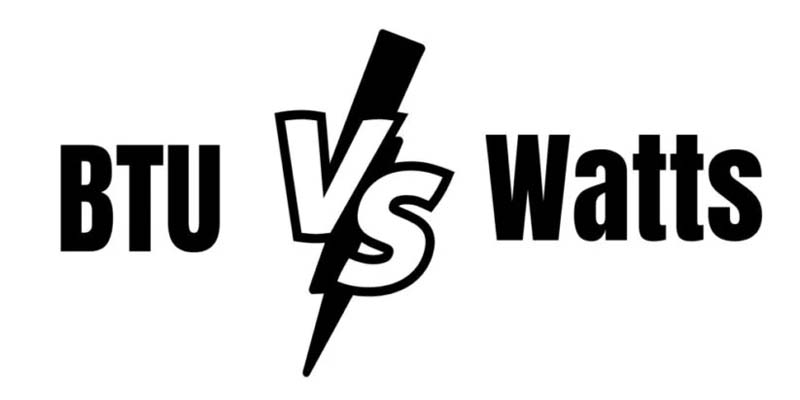
While BTU measures the heat output of electric fireplaces, watts gauge the appliance's energy consumption. Watts denote the amount of electricity required to generate the heat output specified by the BTU rating. Understanding the correlation between watts and BTUs is crucial for managing electricity costs and maximizing energy efficiency.
Considering Energy Efficiency in Electric Fireplaces
Energy efficiency is a vital consideration when selecting an electric fireplace, as it directly impacts operating costs. Look for fireplaces that provide high heat output (BTUs) while consuming a reasonable amount of energy (watts). Energy-efficient electric fireplaces utilize advanced heating technologies and insulation to ensure optimal heat output while minimizing energy consumption.
Managing Electricity Costs with Proper Wattage Selection
When choosing an electric fireplace, consider the wattage of the appliance. Higher wattage translates to higher energy consumption, resulting in increased electricity costs. However, selecting an electric fireplace with too low wattage may not provide sufficient heat output. Find a balance between heat output and electricity consumption to ensure comfort and cost savings.
Determining Heating Capacity Based on Room Size and Insulation
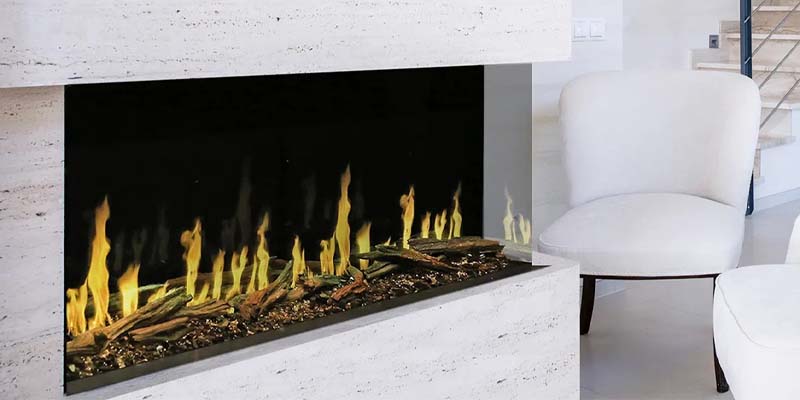
Heating capacity refers to the area a fireplace can effectively heat. When selecting an electric fireplace, consider the square footage of the room and insulation levels. Well-insulated rooms require a lower heating capacity, while poorly insulatedElectric fireplaces have become a popular and convenient alternative to traditional wood or gas fireplaces. Their sleek design and easy installation offer a modern heating solution that combines functionality and aesthetics. But what exactly is an electric fireplace, and why are they gaining immense popularity?
What is an Electric Fireplace?
An electric fireplace is an appliance that creates the illusion of a real fire using LED lights and flames. It is designed to provide heat and ambiance without a chimney or ventilation system. With realistic flame effects and adjustable heat settings, electric fireplaces offer a safe and convenient heating option for homes, apartments, or offices.
Advantages of Electric Fireplaces
Electric fireplaces have several advantages that make them an attractive choice for homeowners. Firstly, they are highly energy-efficient, allowing you to save on heating costs while minimizing environmental impact. In addition, they are easy to install and need minimal maintenance compared to traditional fireplaces. Electric fireplaces also offer the flexibility to adjust heat settings and flame effects, allowing you to create the perfect ambiance for any occasion.
Importance of Heat Output in Electric Fireplaces
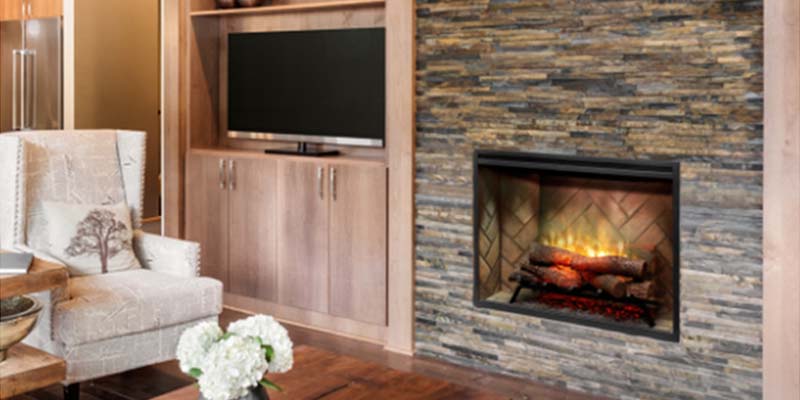
While the visual appeal of electric fireplaces is a major draw, the heat output should be the priority when selecting the right fireplace for your space. The heat output determines the amount of warmth the fireplace can provide, ensuring efficient heating. Understanding the key metrics and factors influencing heat output is essential for making an informed decision.
Understanding Heat Output Ratings - Key Metrics for Efficient Heating
Familiarize yourself with two key metrics - British Thermal Units (BTU) and Watts, to comprehend and compare the heat output of electric fireplaces.
What is BTU, and How is it Measured?
BTU is a unit of measurement used to quantify the amount of heat produced or removed. In the context of electric fireplaces, it represents spaces may require a higher heating capacity. Evaluate these factors to determine the appropriate heating capacity for your area.
Zoning and Maintaining Consistent Temperature Levels
Electric fireplaces offer the advantage of zone heating, allowing you to focus heat in specific areas, like larger spaces or open floor plans, where different regions may have varying heating requirements. By strategically placing electric fireplaces in different zones, you can maintain consistent temperature levels throughout your living space, ensuring optimal comfort.
Benefits of Adjustable Heat Settings in Electric Fireplaces
Electric fireplaces often come with adjustable heat settings, allowing you to customize the level of warmth according to your preference. This flexibility is beneficial when transitioning between different seasons or adjusting to changing weather patterns. By having control over the heat output, you can create a cozy and comfortable environment all year round.
Factors Influencing Electric Fireplace Heat Output
Several factors contribute to the heat output of electric fireplaces. Understanding these factors can help you decide based on your specific heating requirements.
Fireplace Design and Construction
Importance of Optimal Heating Element Placement
The design and construction of the electric fireplace significantly impact its heat output. Optimal placement of heating elements ensures efficient heat distribution and minimizes heat loss. Look for fireplaces with well-designed heating element positioning to maximize the heat output and ensure uniform warmth throughout the room.
Materials and Insulation Impact on Heat Retention
The materials used in constructing an electric fireplace are crucial in heat retention. Fireplaces made from high-quality materials with effective insulation retain and radiate heat more efficiently. Insulation reduces heat loss, ensuring that the generated warmth remains within the room for more extended periods, enhancing the overall heat output of the fireplace.
Enhancing Heat Output with Built-in Fans or Blowers
Some electric fireplaces feature built-in fans or blowers that help distribute heat more effectively. These fans help circulate warm air, ensuring faster and more efficient heat distribution. Fireplaces with such additional features can significantly enhance the heat output, allowing you to heat larger spaces or increase the warming capacity in smaller rooms.
Fuel Source and Heat Efficiency
Electric Fireplace vs. Traditional Wood or Gas Fireplaces

Electric fireplaces use electricity as a fuel source, while wood or gas fireplaces rely on their respective fuels. It's essential to compare the heat efficiency of electric fireplaces with traditional options. Electric fireplaces are known for their high heat efficiency as they convert a significant amount of the energy consumed into heat output, minimizing waste and maximizing effectiveness.
Importance of Proper Fuel Source Selection
Electric fireplaces eliminate the need for combustion or fuel storage, making them a convenient and clean option. However, ensuring a reliable and stable electricity supply for uninterrupted heating is crucial. Ensure that your space has adequate electrical infrastructure to support the electricity needs of the electric fireplace.
Understanding Heat Efficiency Ratings for Electric Fireplaces
Heat efficiency ratings indicate the effectiveness of converting electrical energy into heat output. Look for electric fireplaces with high heat efficiency ratings, as they ensure maximum energy utilization for effective and energy-saving heating. Higher heat efficiency translates to superior heat output, allowing you to achieve the desired warmth in your space without excessive energy consumption.
Ambient Temperature and Climate Considerations
Adapting Heat Output to External Conditions
Your location's ambient temperature and climate can impact the overall performance and heat output of electric fireplaces. Electric fireplaces may need to work harder in colder climates to maintain desired warmth due to external temperature fluctuations. Consider the average temperatures in your area when buying an electric fireplace to ensure that it can effectively heat your space even in frigid conditions.
Maintaining Efficiency in Extreme Cold or Hot Climates
Extreme weather conditions can present challenges in maintaining optimal heat output. In frigid climates, look for electric fireplaces with high BTU ratings and efficient heat distribution to combat the intense cold. Conversely, in hot climates, electric fireplaces with adjustable heat settings and efficient cooling mechanisms can ensure your comfort without overwhelming heat output.
Choosing the Right Electric Fireplace Heat Output for Your Needs
Choosing the right electric fireplace heat output involves various factors, like your space and preferences. By evaluating these factors, you can ensure optimal heat output and maximum comfort in any setting.
Assessing Room Size and Layout
Determining Heating Requirements for Small Spaces
Electric fireplaces with lower BTU ratings and wattage often meet heating requirements for smaller spaces, such as apartments or compact rooms. Consider the room's dimensions, insulation levels, and the number of windows to assess the heat output needed for comfortable heating accurately.
Large Rooms and Open Floor Plans - Heat Distribution Strategies
Large rooms or open floor plans require electric fireplaces with higher BTU ratings and efficient heat distribution mechanisms. Consider fireplaces with built-in fans or blowers, which help circulate warm air and ensure even heating in spacious areas. Strategic placement of multiple electric fireplaces can also help maintain consistent heat levels throughout larger rooms or open floor plans.
Customizing Heat Output for Irregularly Shaped Rooms
Irregularly shaped rooms, such as alcoves, nooks, or sloping ceilings, may require customized heat output solutions. Opt for electric fireplaces with adjustable heat settings and directional heating options in such cases. This allows you to focus heat in specific areas, ensuring optimal warmth despite the room's irregular shape.
Considering Personal Preferences and Usage Patterns
Heat Output Options for Cozy Ambiance vs. Primary Heating Source
Consider your personal preferences when selecting the heat output for your electric fireplace. If you primarily desire a cozy ambiance with occasional supplemental heat, lower BTU ratings may suffice. However, if you intend to use the electric fireplace as the primary heating source, look for higher BTU ratings to ensure consistent warmth during colder months.
Heat Output Options for Cozy Ambiance vs. Primary Heating Source
Consider your personal preferences when selecting the heat output for your electric fireplace. If you primarily desire a cozy ambiance with occasional supplemental heat, lower BTU ratings may suffice. However, if you intend to use the electric fireplace as the primary heating source, look for higher BTU ratings to ensure consistent warmth during colder months.
Balancing Heat Output with Noise Level Considerations
Some electric fireplaces with built-in fans or blowers may produce a certain level of noise. If noise levels are a concern, opt for whisper-quiet models or those with noise-reduction features. Strike a balance between heat output and noise level to ensure a comfortable and peaceful environment while enjoying the warmth of your electric fireplace.
Selected Features Impacting Heat Output Control and Flexibility
When selecting an electric fireplace, consider additional features, like adjustable heat settings, customizable flame effects, and timers. These features allow you to fine-tune the heat output according to your specific needs and preferences, ensuring a comfortable and personalized heating experience.
Evaluating Safety Features and Standards
Safety Considerations with High Heat Output Models
Electric fireplaces with high heat output often have built-in safety features to ensure safe operation and prevent overheating. Look for fireplaces with automatic shut-off functions or thermal overload protection, which help minimize the risk of accidents and ensure optimal safety even with higher heat output levels.
Importance of Auto-Shutoff and Overheat Protection Features
Auto-shutoff and overheat protection features are crucial when selecting an electric fireplace. These safety mechanisms automatically switch off the fireplace if it detects overheating or has been operating for an extended period without user intervention. These features provide peace of mind and optimize safety in unexpected events.
Understanding Safety Certifications and Regulations
Ensure the electric fireplace you choose meets the necessary safety certifications and meets local regulations. Look for safety certifications from recognized bodies such as UL (Underwriters Laboratories) or CSA (Canadian Standards Association). These certifications guarantee that the fireplace has undergone rigorous testing and meets the highest safety standards.
Making Informed Decisions About Electric Fireplaces
Electric fireplaces provide a modern and convenient heating solution for various spaces. By considering heat output and factors such as BTU, watts, heating capacity, design, fuel source, ambient temperature, and personal preferences, you can select the right electric fireplace.
Frequently Asked Questions (FAQs)
What is the average lifespan of an electric fireplace?
Electric fireplaces typically have a lifespan of 10-20 years, depending on usage and maintenance. Regular cleaning and proper maintenance can prolong the lifespan of your electric fireplace.
Can an electric fireplace replace a traditional heating system?
While electric fireplaces can provide efficient heating for smaller spaces, they are not designed to replace a whole-house heating system. Consider using electric fireplaces as supplemental heating sources, especially in rooms or areas where extra warmth is desired.
How do I clean and maintain an electric fireplace?
Cleaning an electric fireplace is relatively straightforward. Unplug the fireplace before cleaning and wipe the exterior and glass surface with a soft cloth. Remove any dust or debris using a vacuum cleaner or gentle brush for the interior. Follow the manufacturer's instructions for specific cleaning recommendations.
Are electric fireplaces safe to use around children and pets?
Electric fireplaces are generally safe to use around children and pets. However, following safety guidelines and supervising children and pets when the fireplace is in use is essential. Keep flammable objects away from the fireplace and ensure children and pets maintain a safe distance to prevent accidents.
Can electric fireplaces be used in outdoor spaces?
Traditionally, electric fireplaces are primarily designed for indoor use. However, BESPOKE has introduced fireplaces rated for indoor and outdoor use. One such fireplace is the Amantii TRD Bespoke Electric Fireplace which is a new interpretation of the classic fireplace with an emphasis on superb design, features, and quality.

